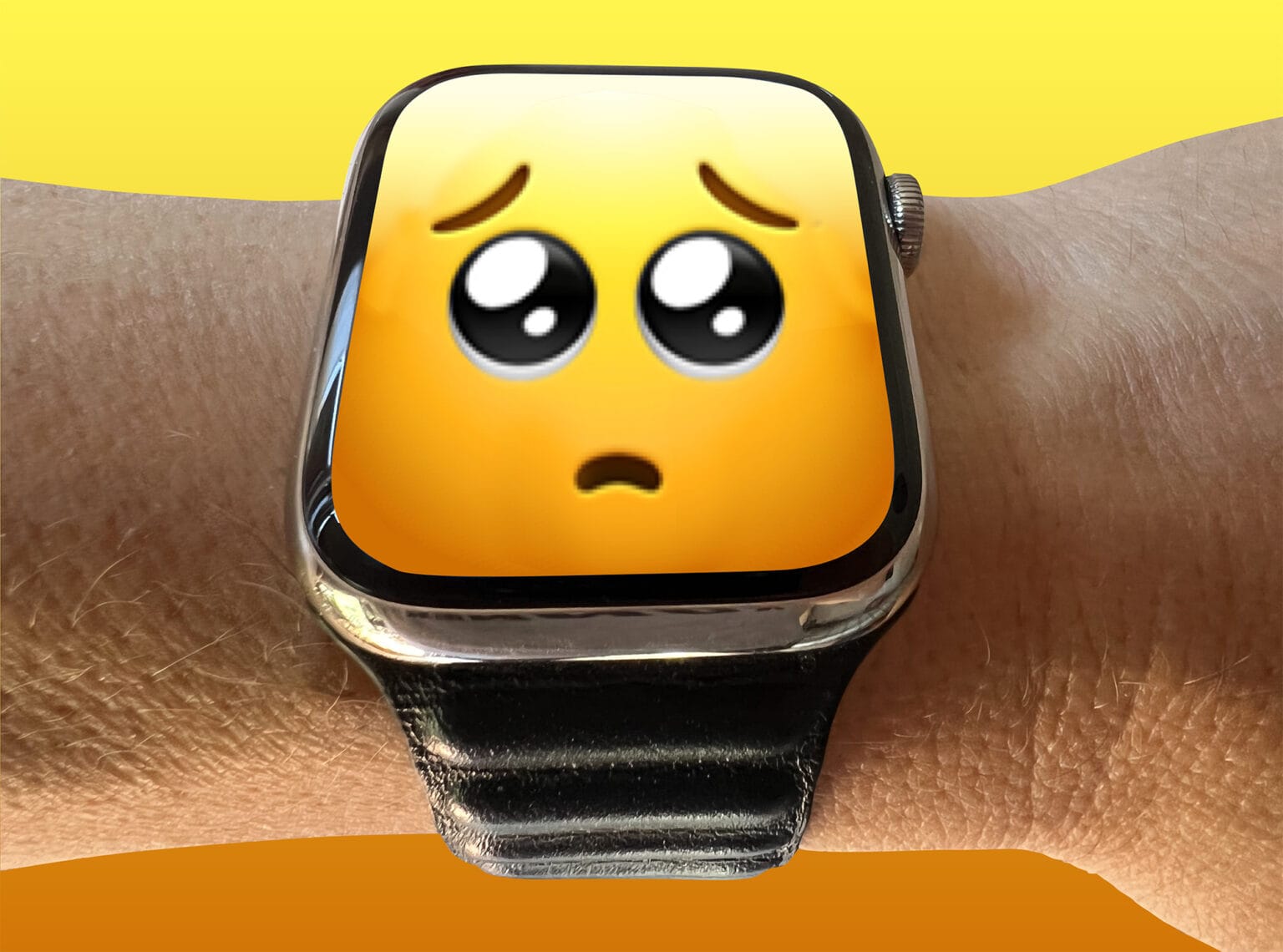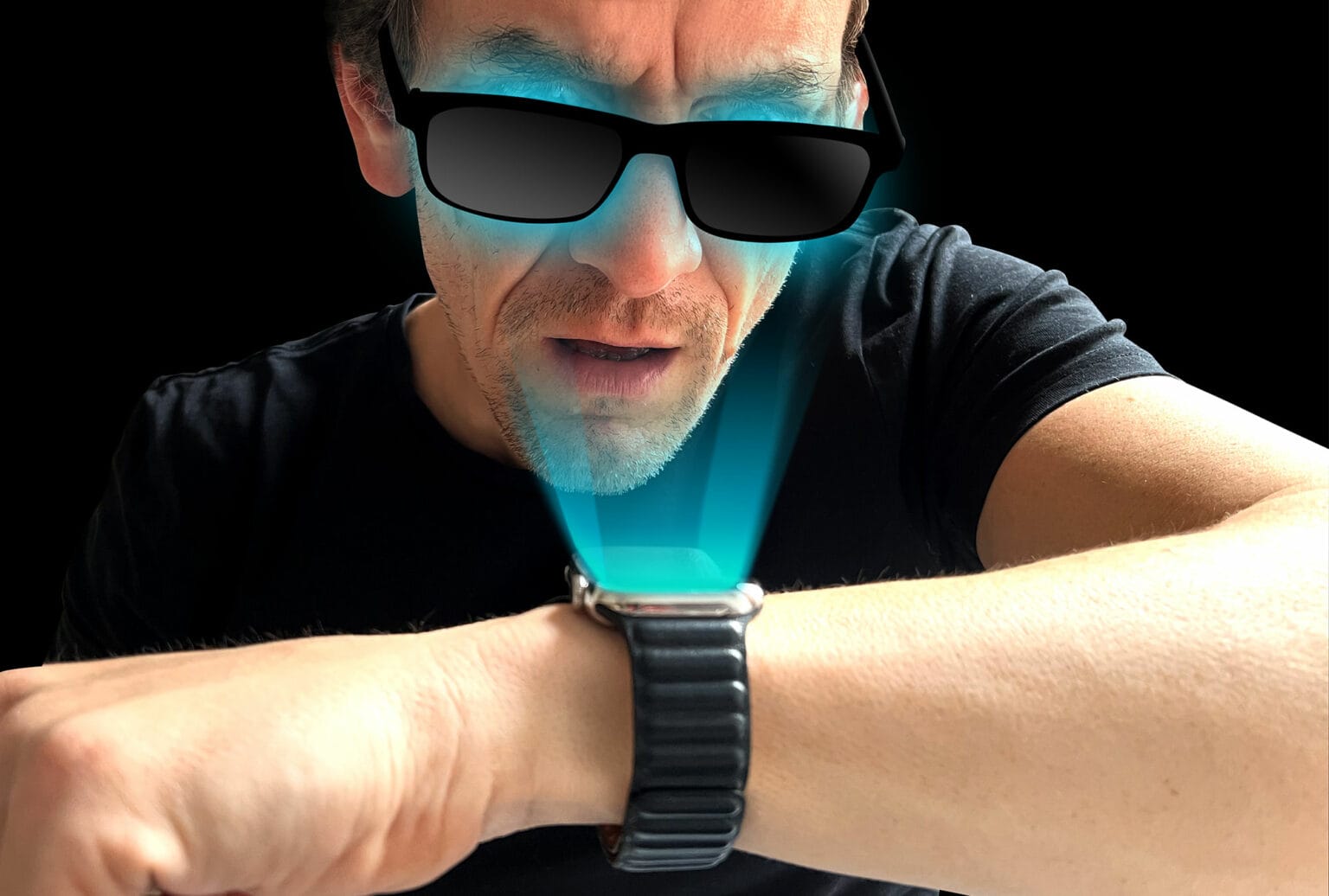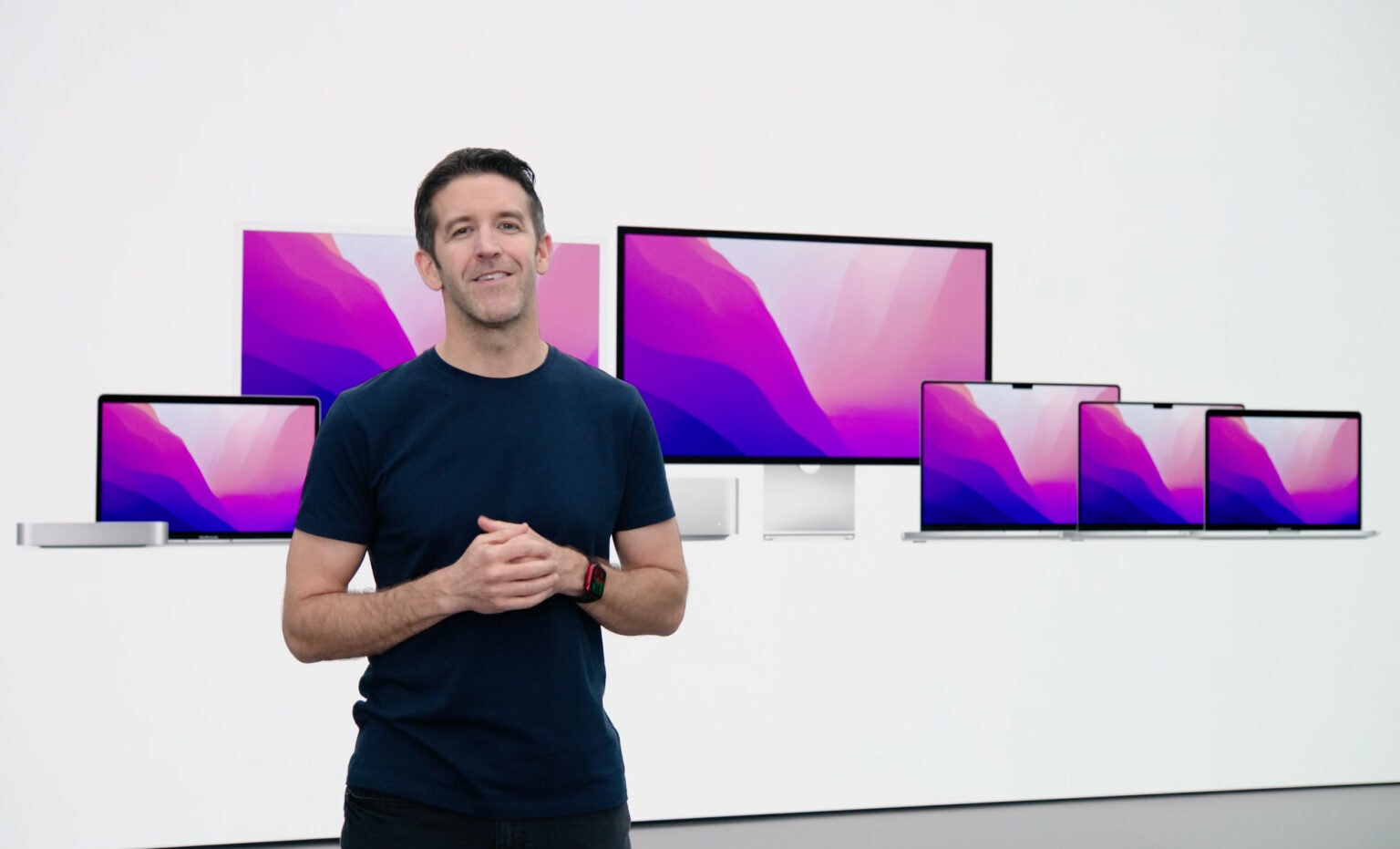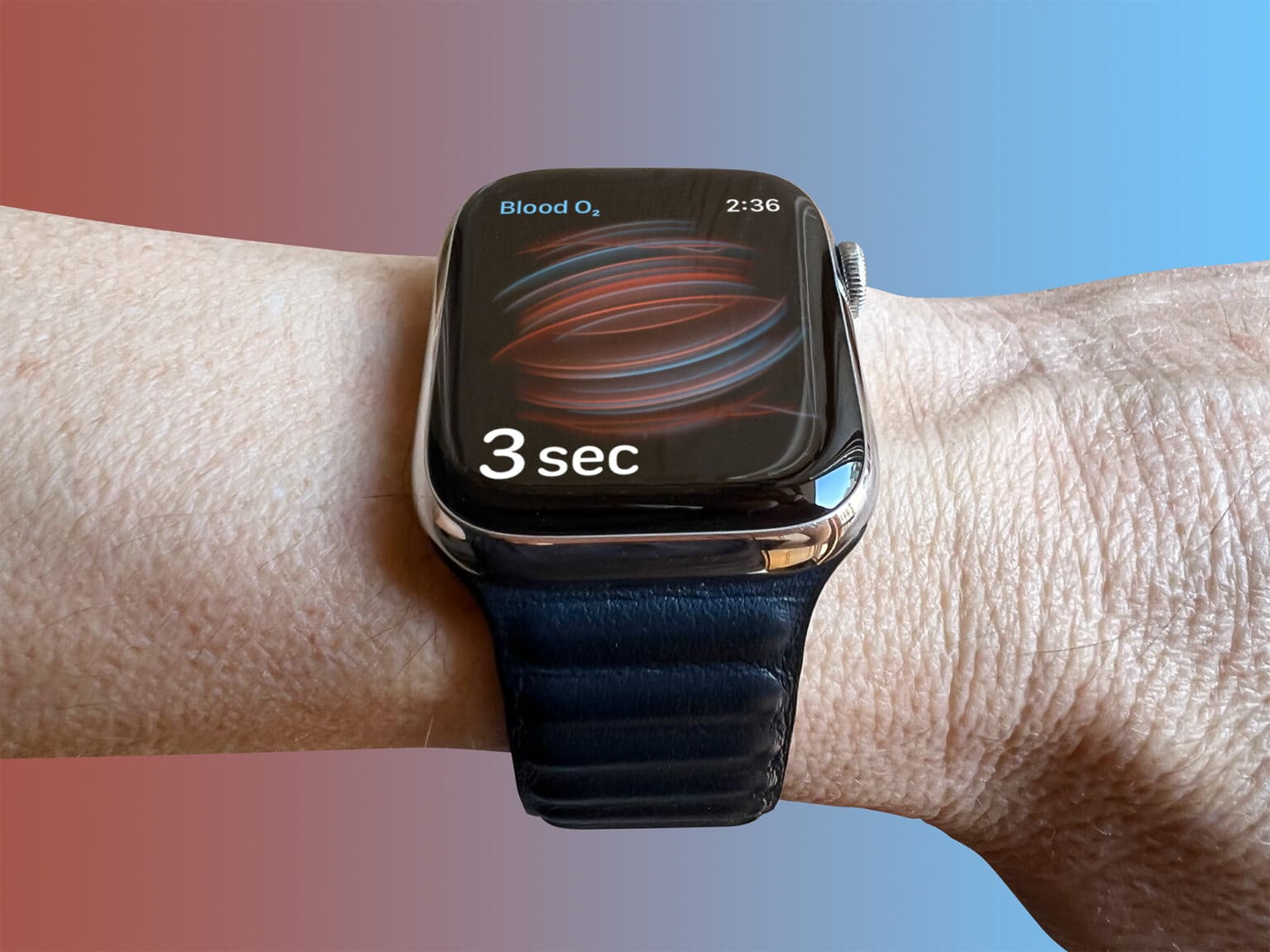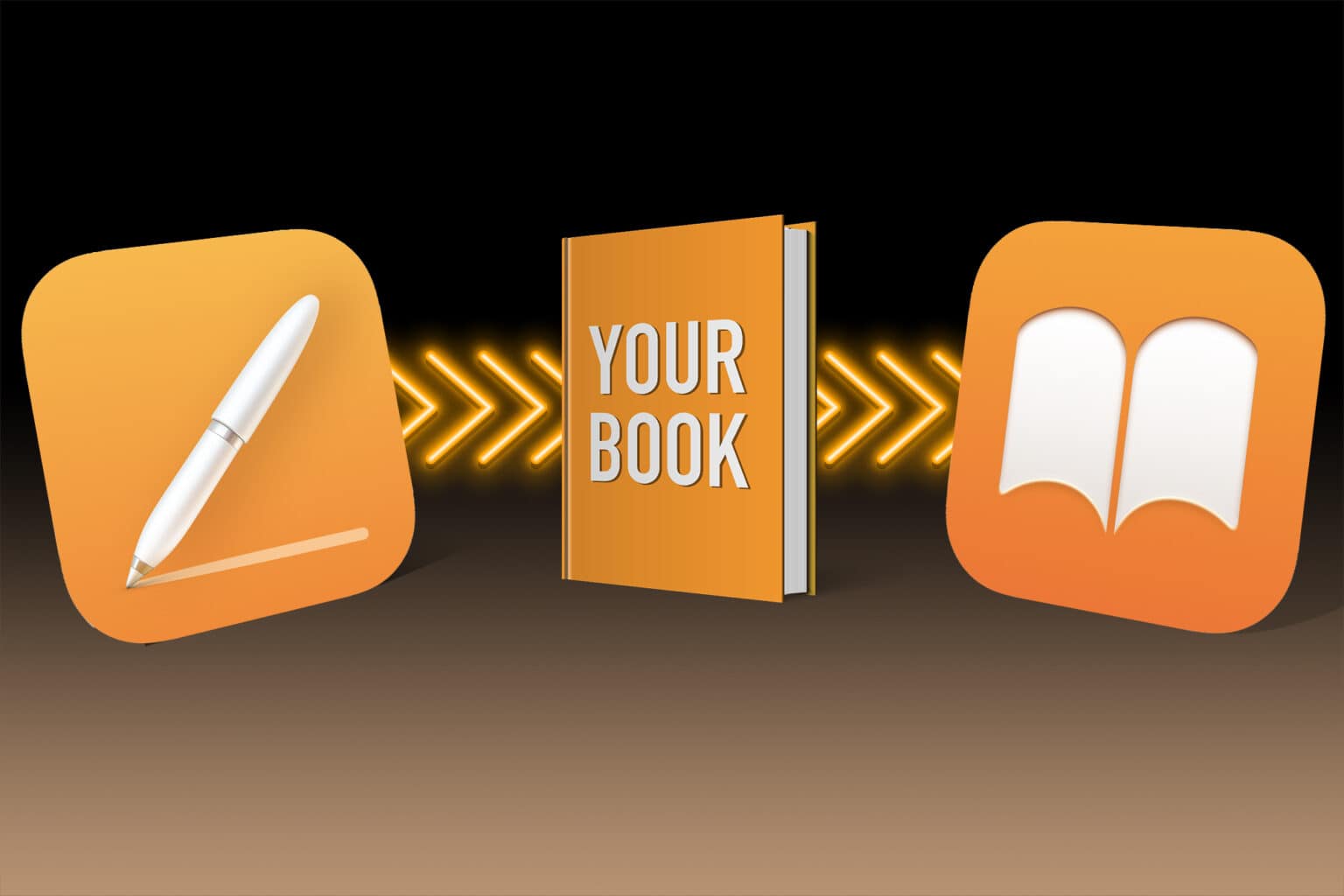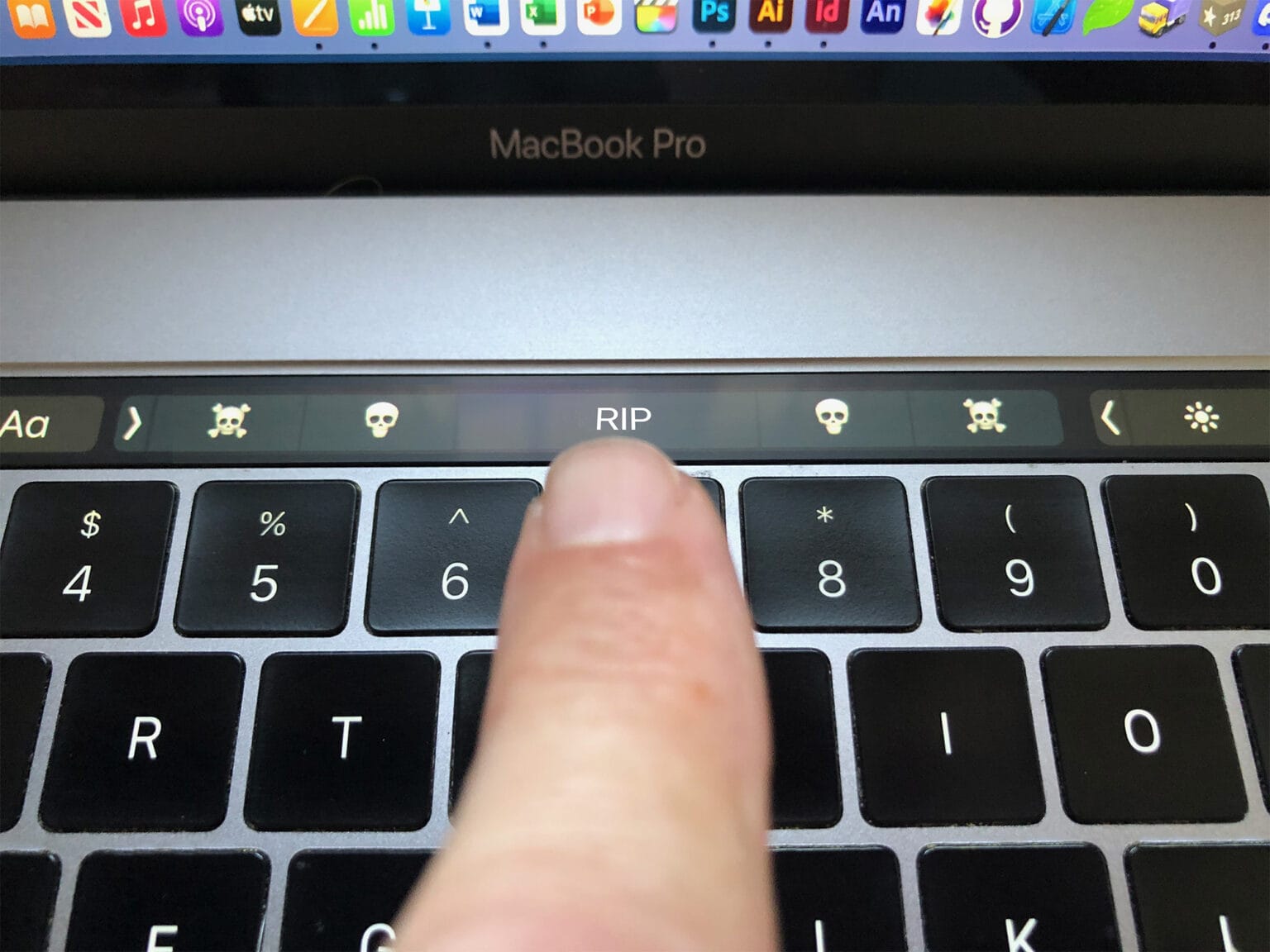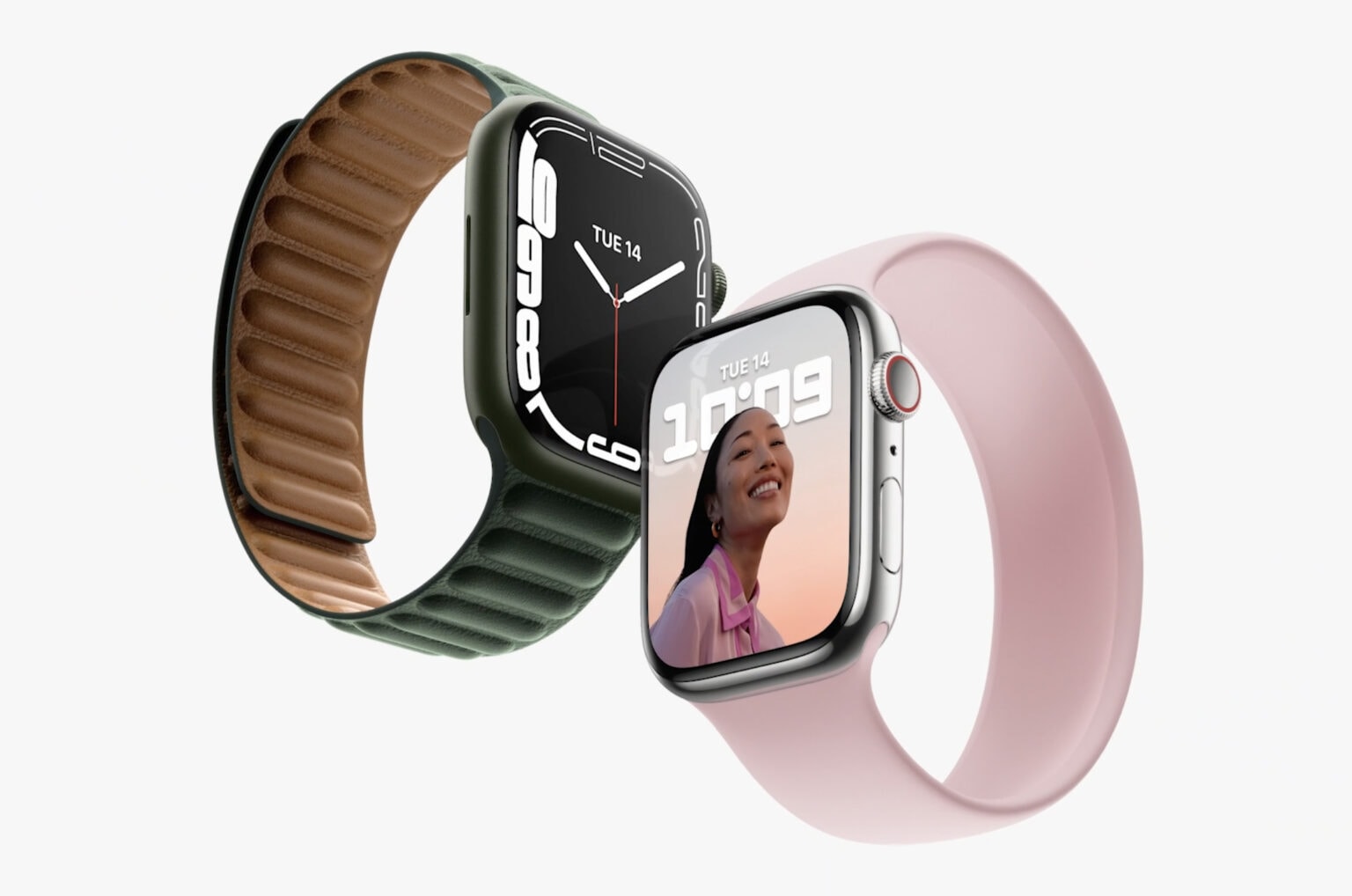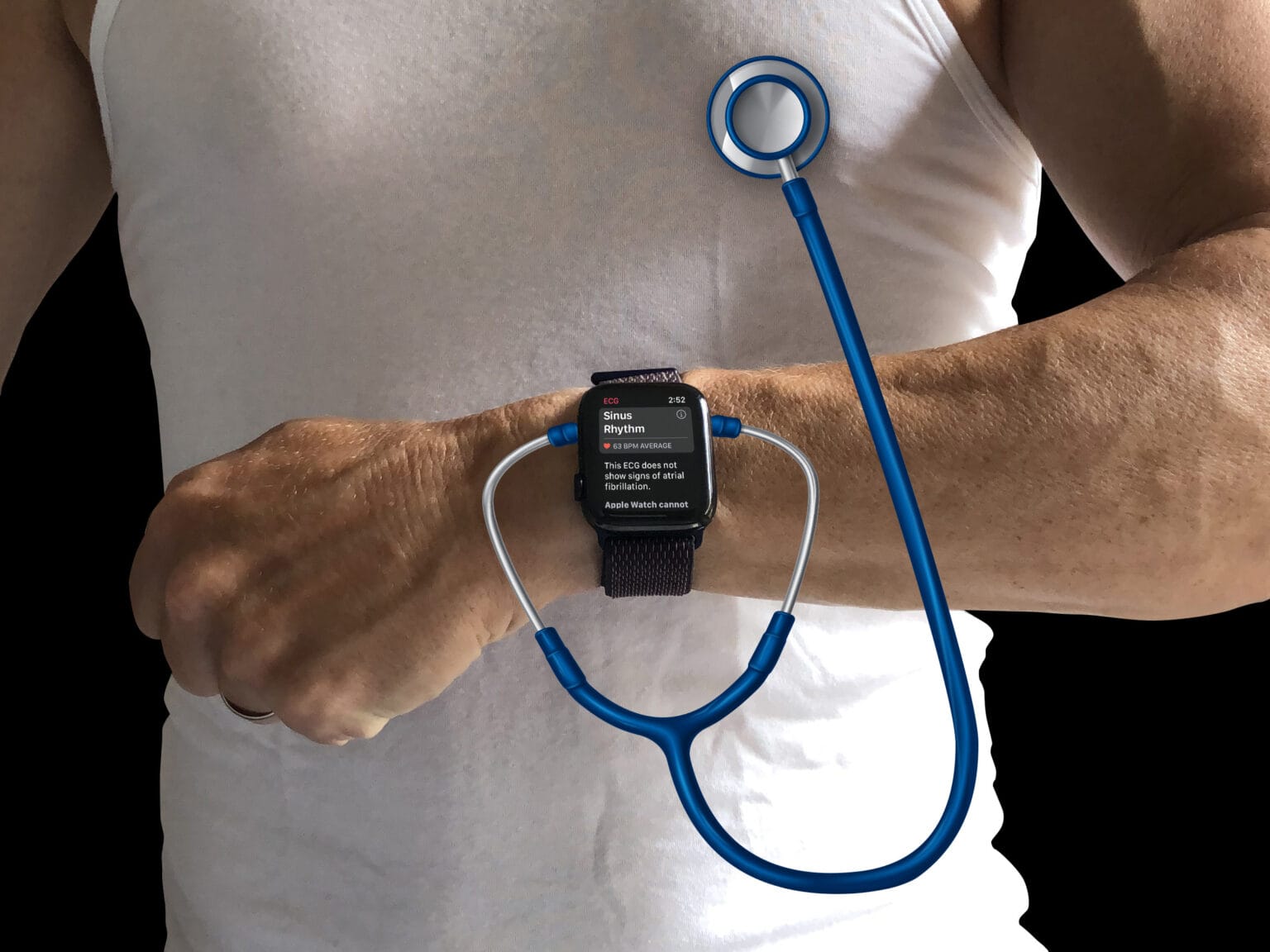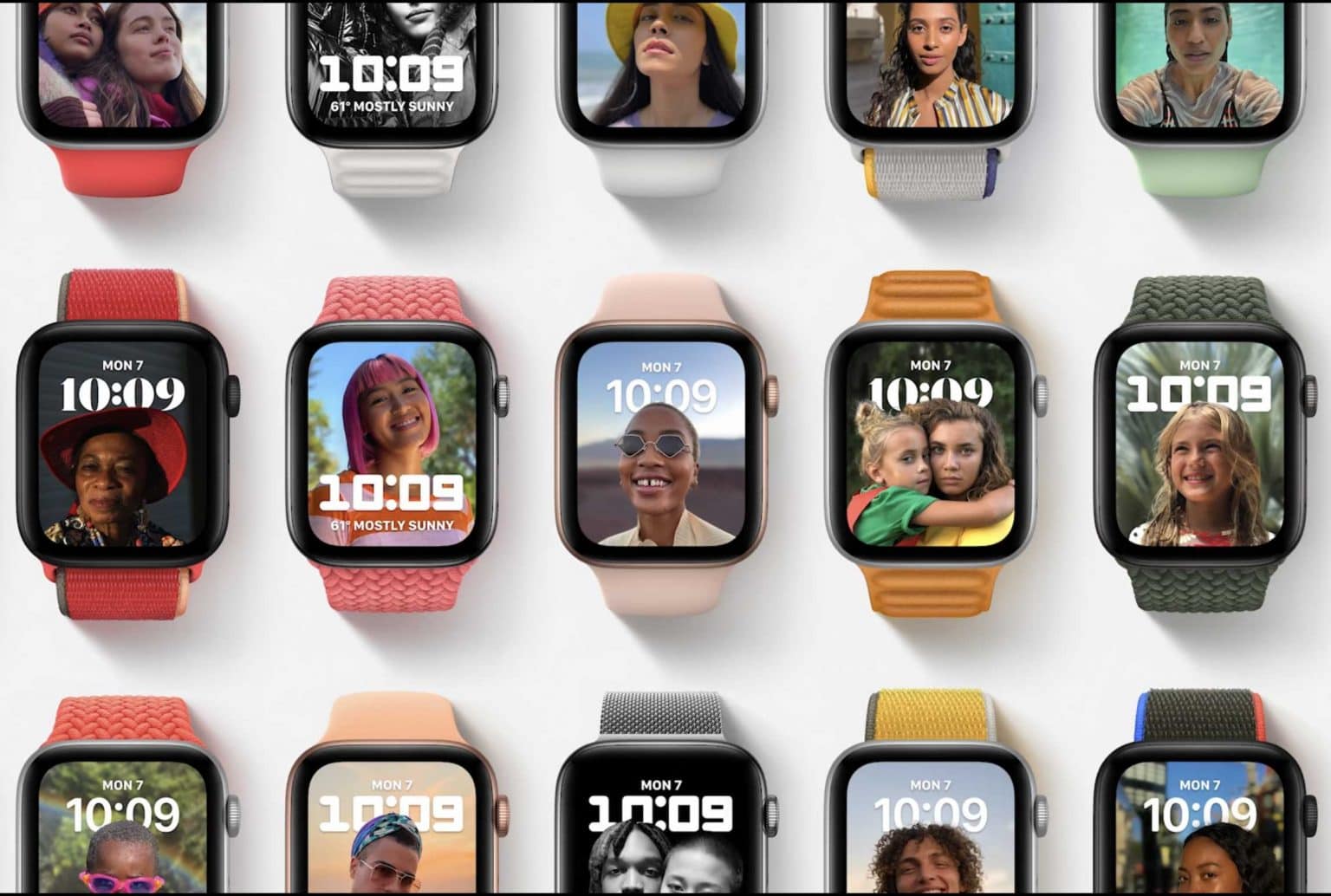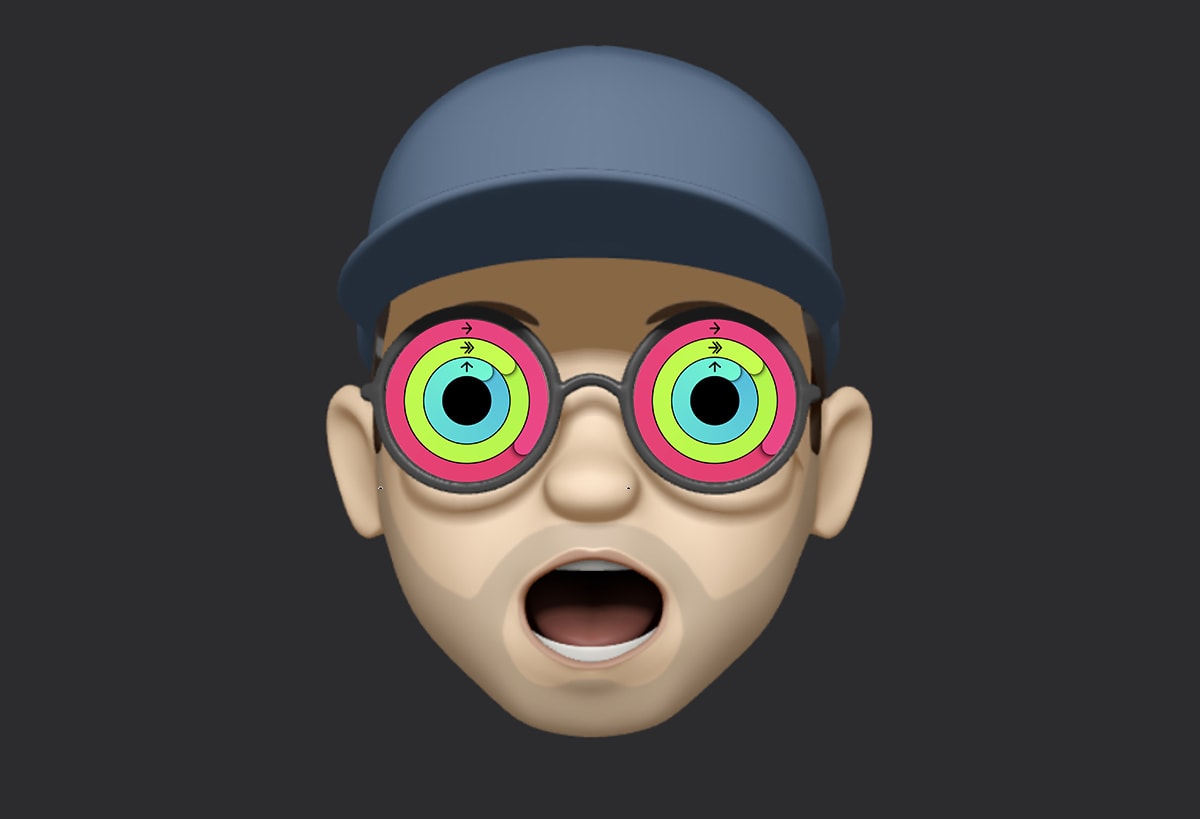2024 looks like a big year for Apple Watch. The world’s most popular wearable could get the biggest redesign in its 10-year history in the form of a device potentially called “Apple Watch Series X” or simply “Apple Watch X.”
That’s excellent news, because 2023 was not a great year for Apple Watch. Sure, we got a fresh new look with watchOS 10. But on the hardware side, the updates to Apple Watch Series 9 and Apple Watch Ultra 2 seem pretty minor. And then there’s the looming U.S. ban on Apple Watch imports and exports due to a patent dispute.
So, what should we expect from the Apple Watch 2024 lineup?
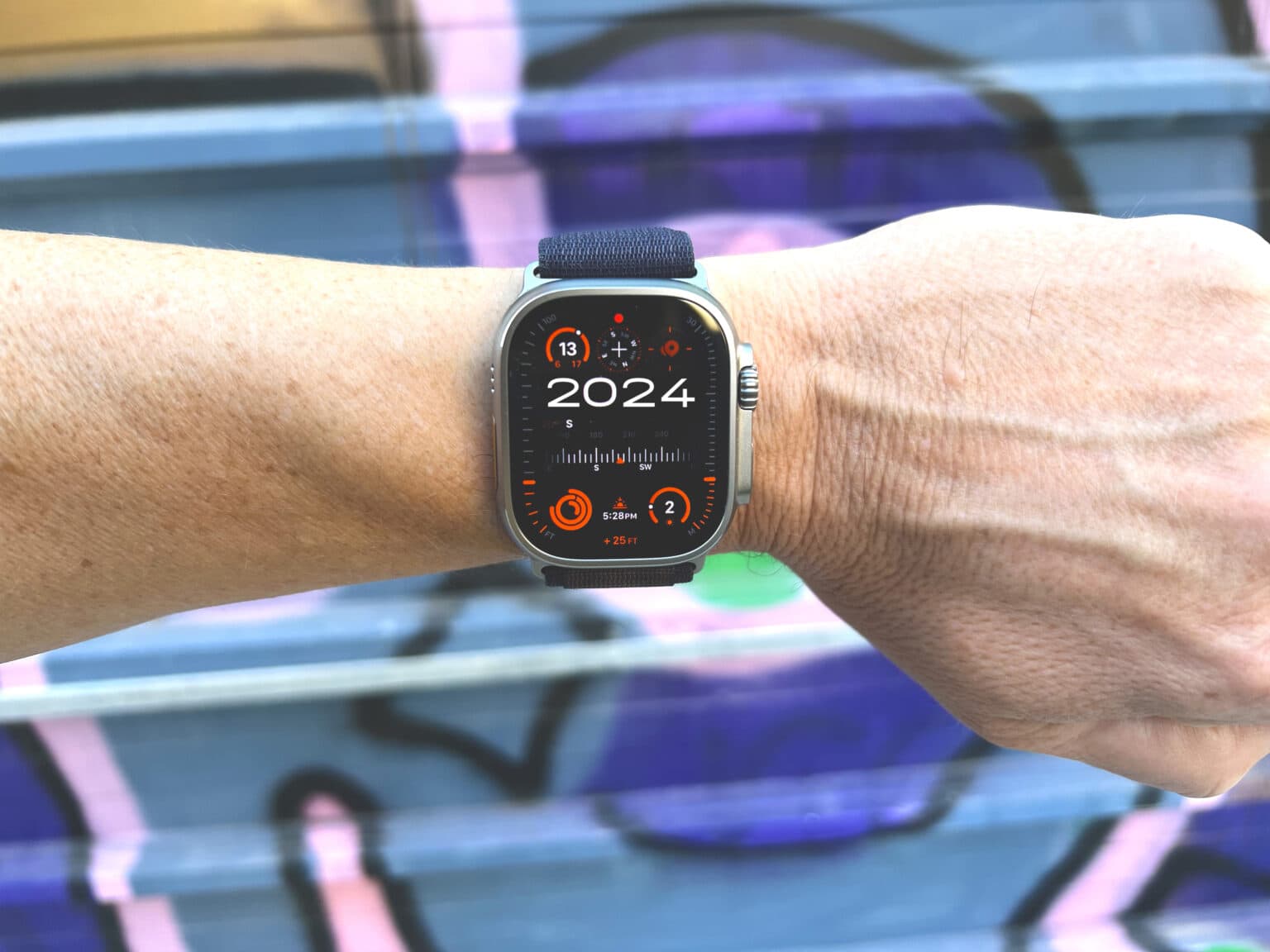
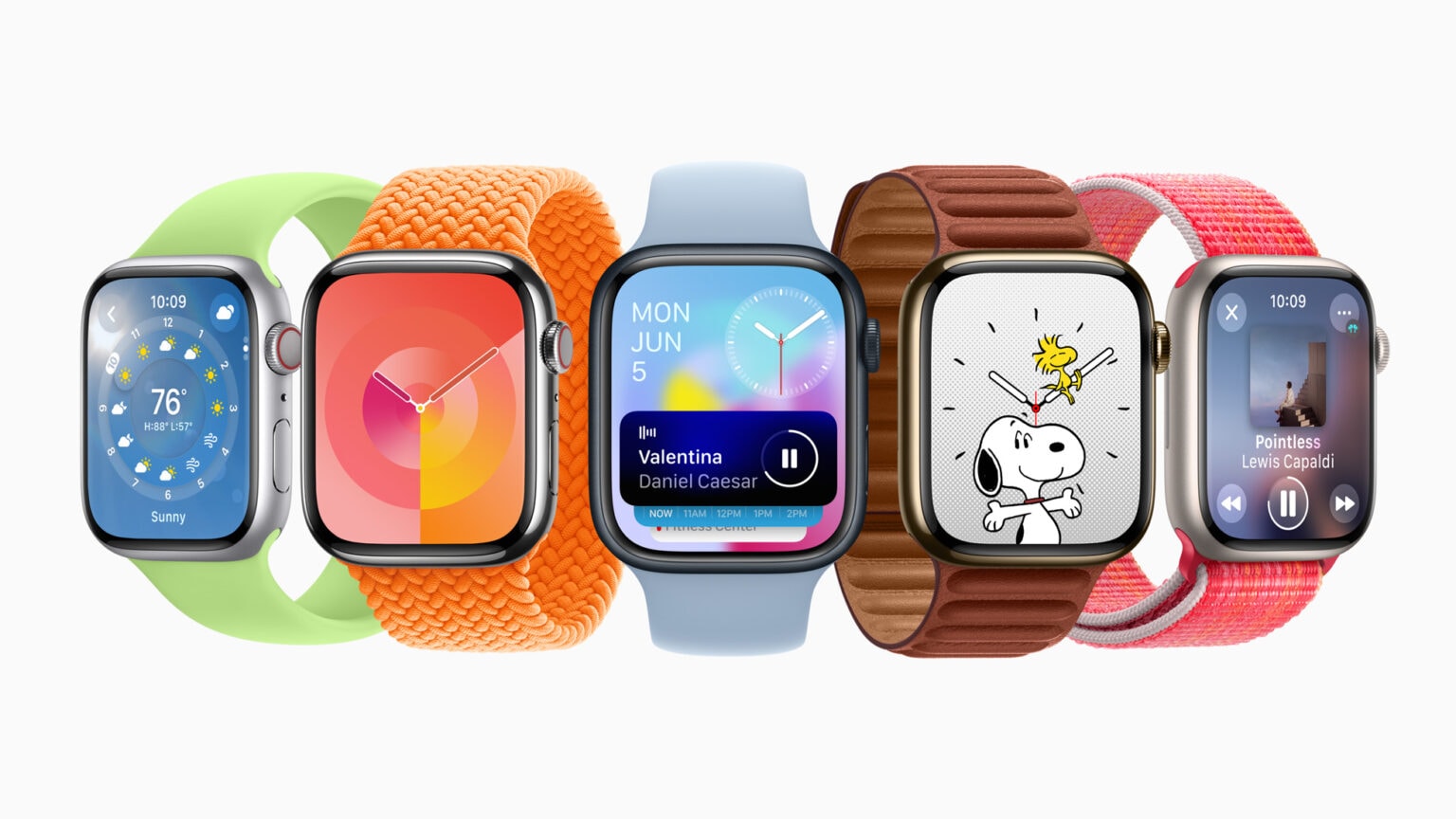
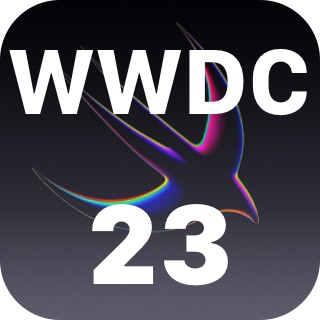
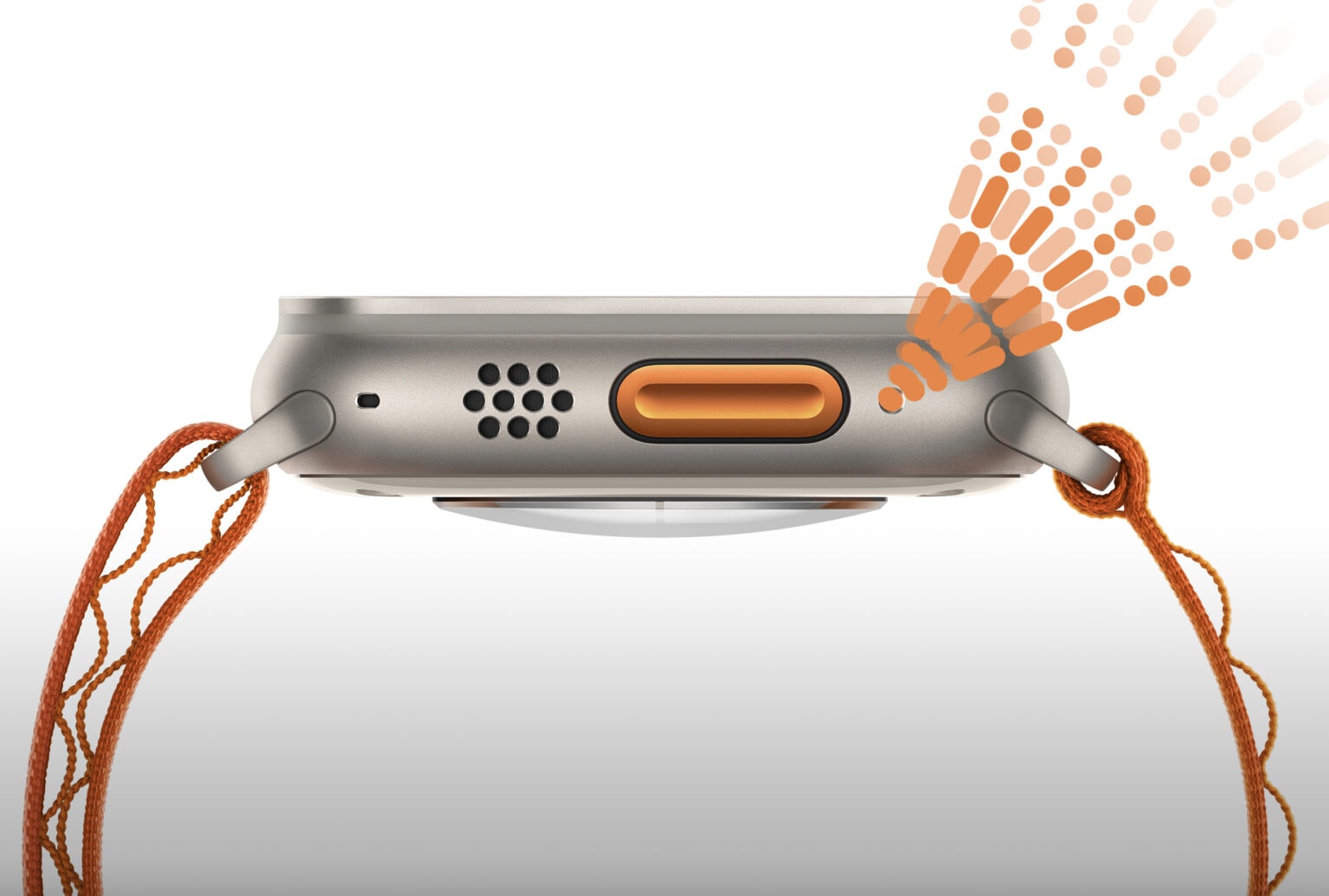
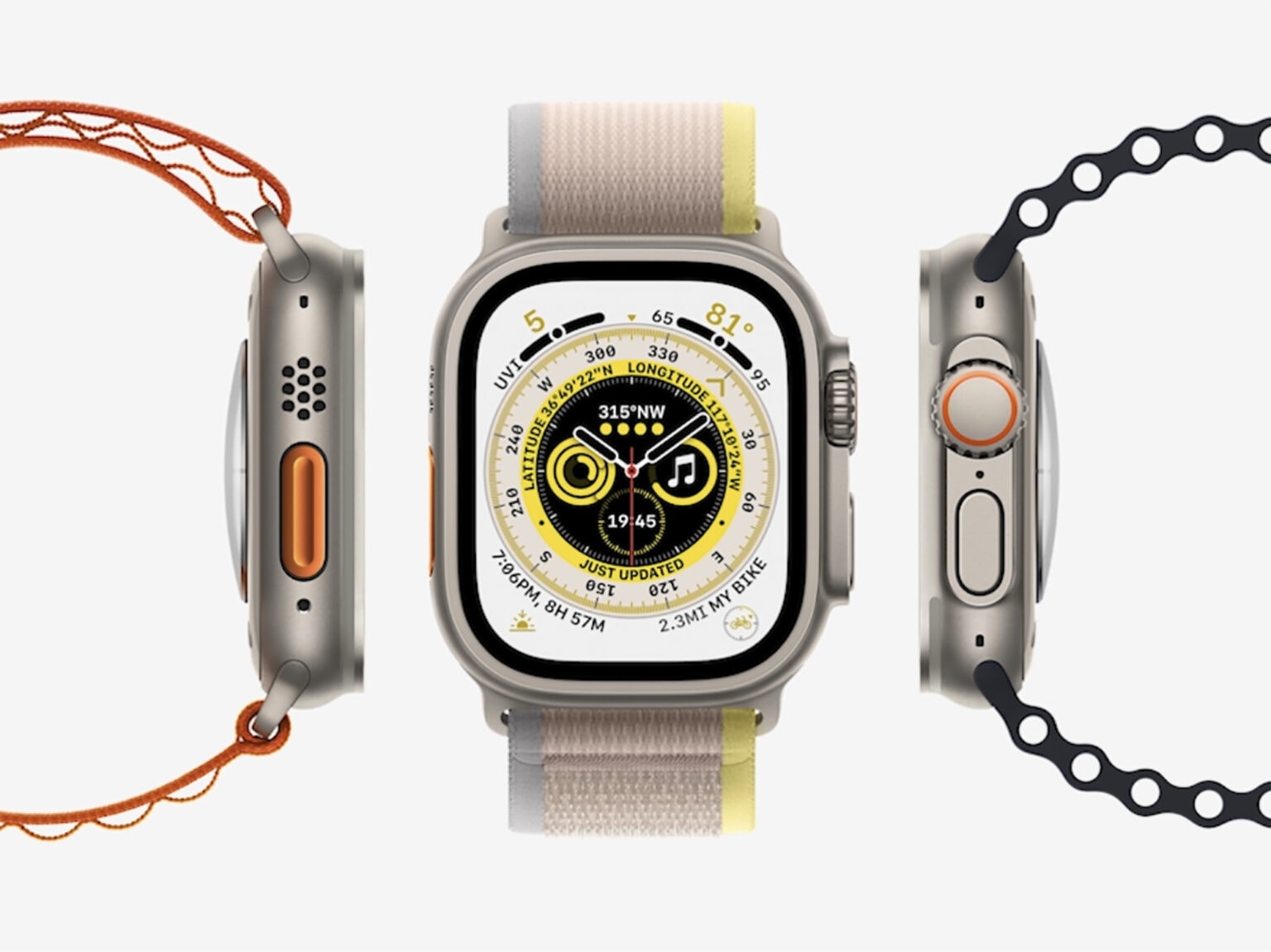
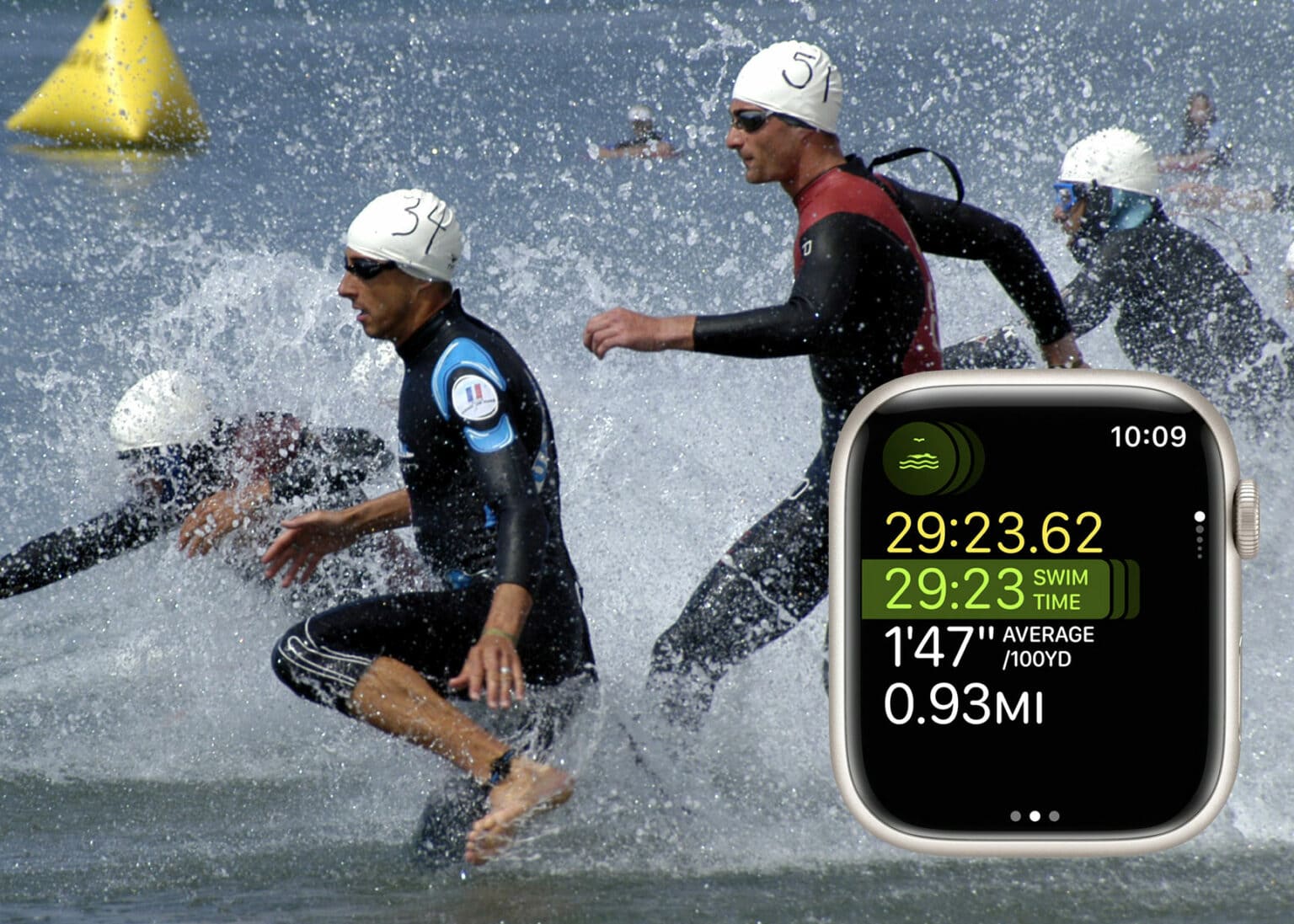

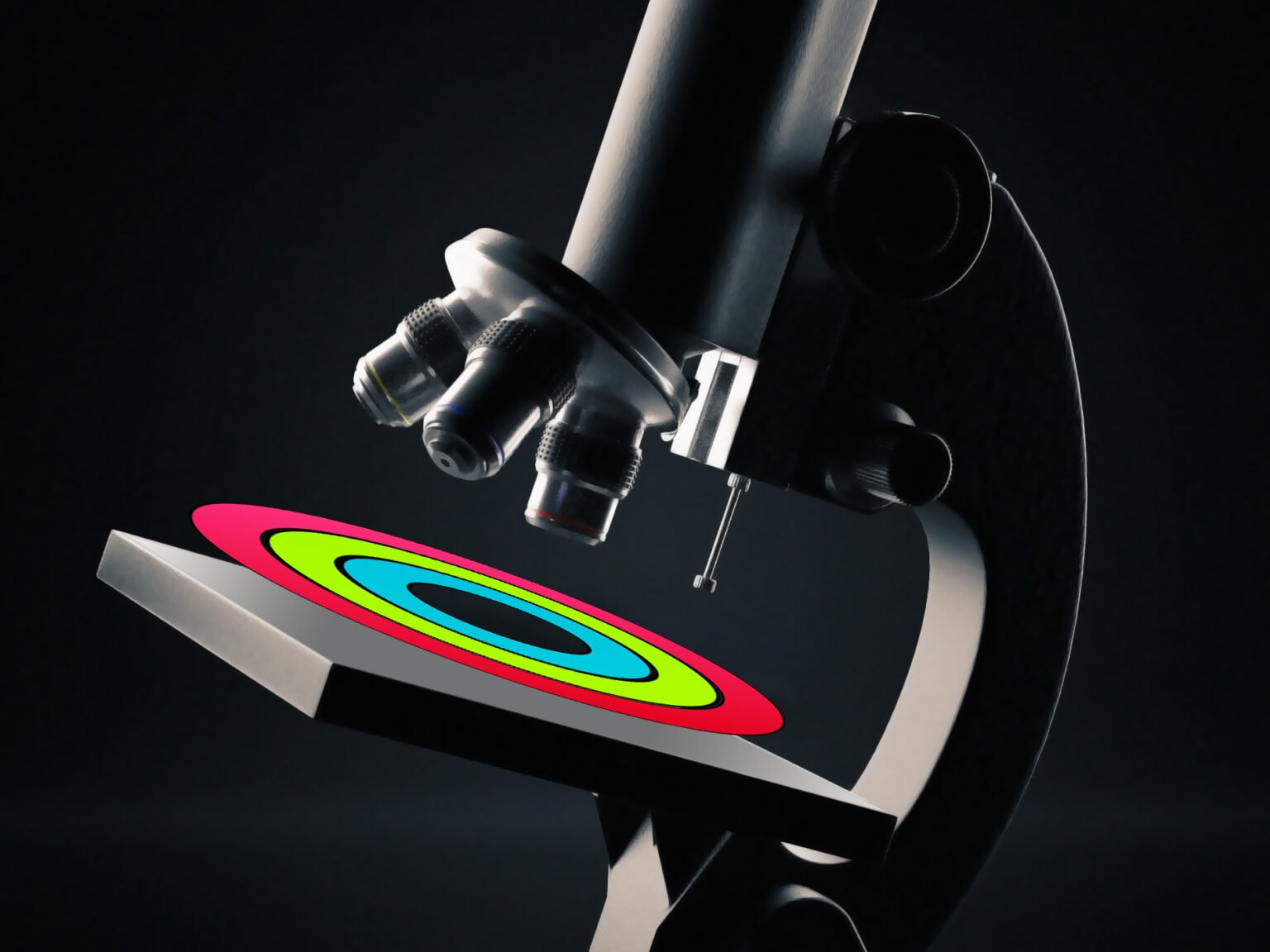
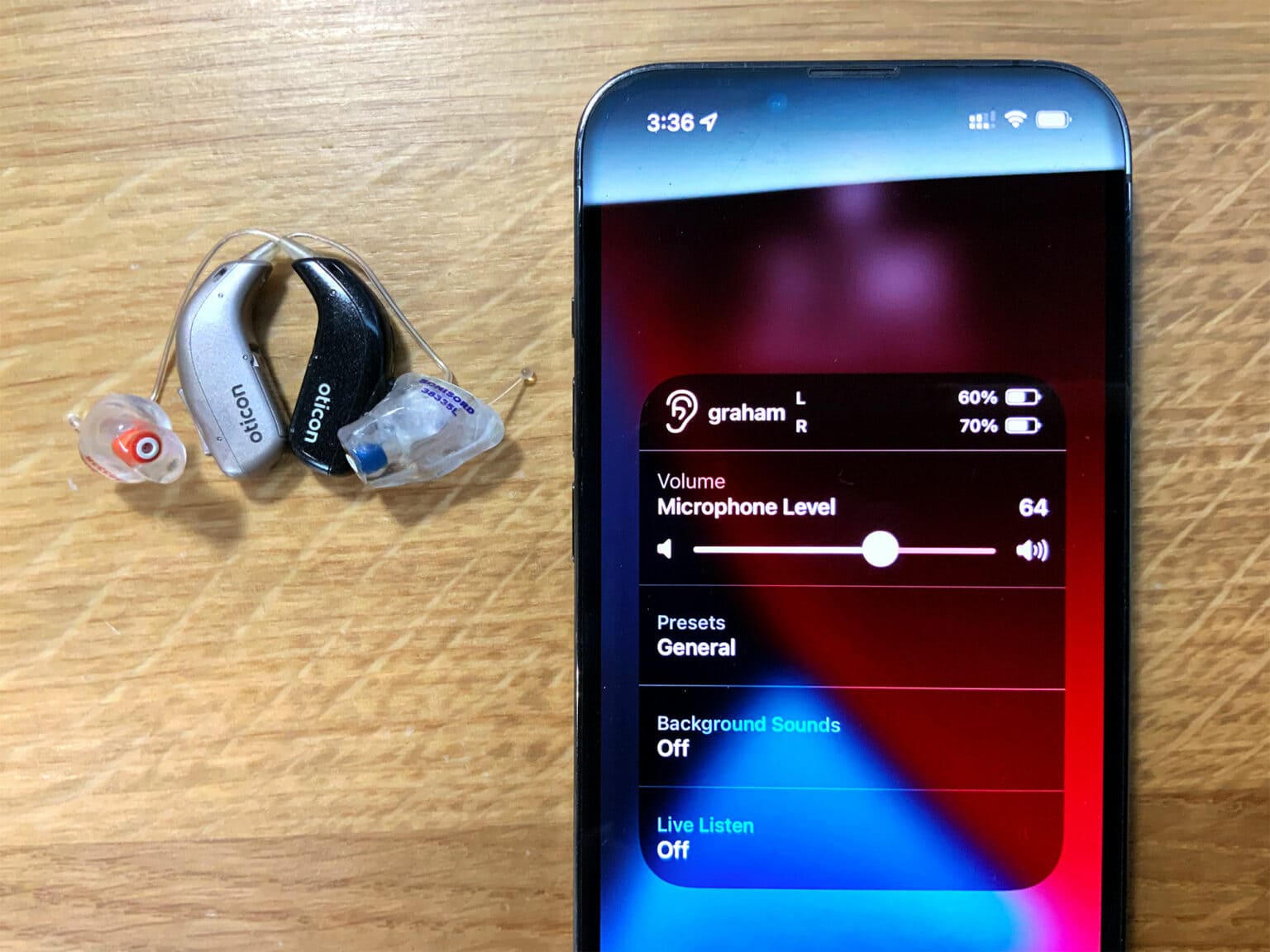
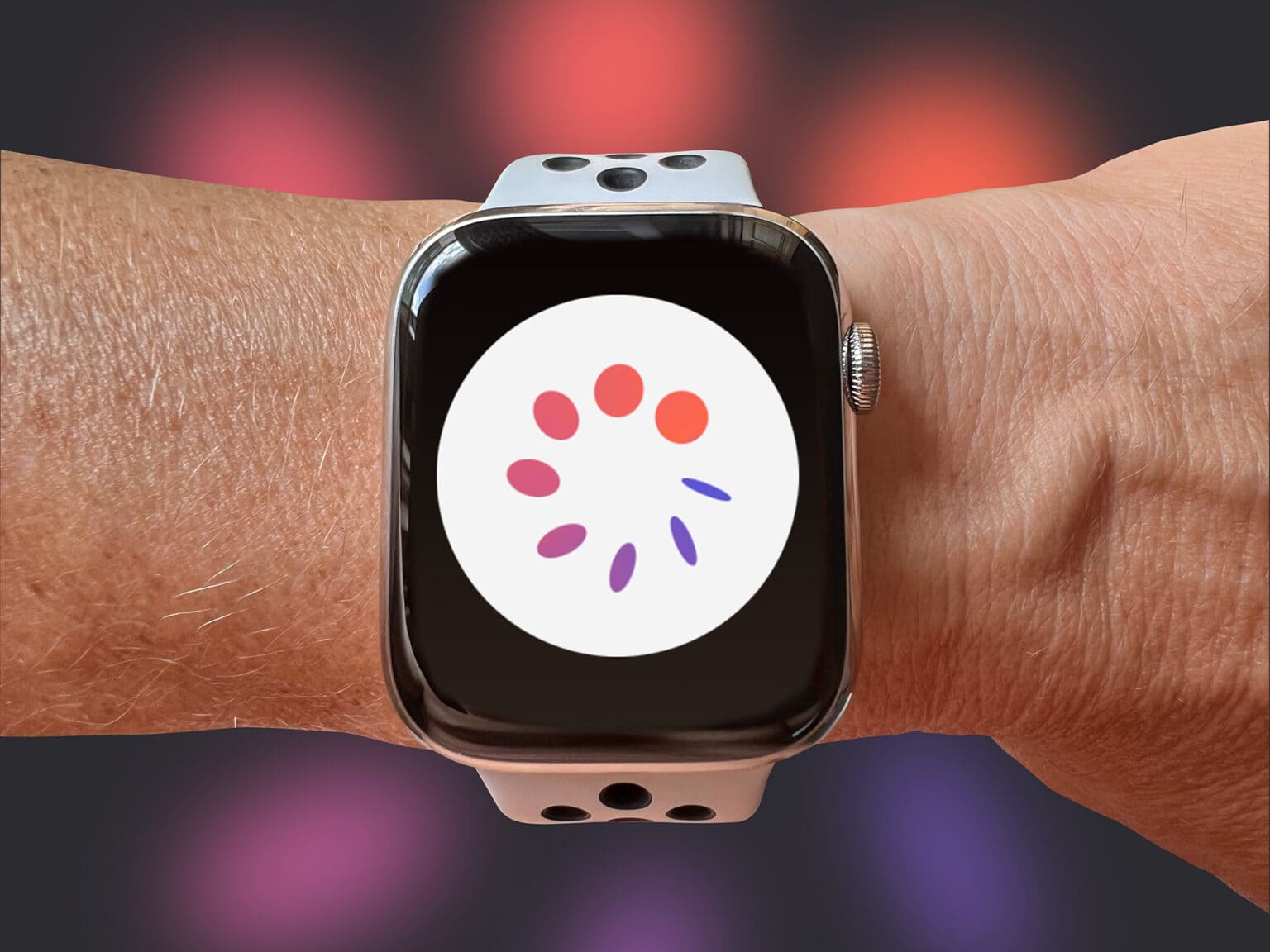
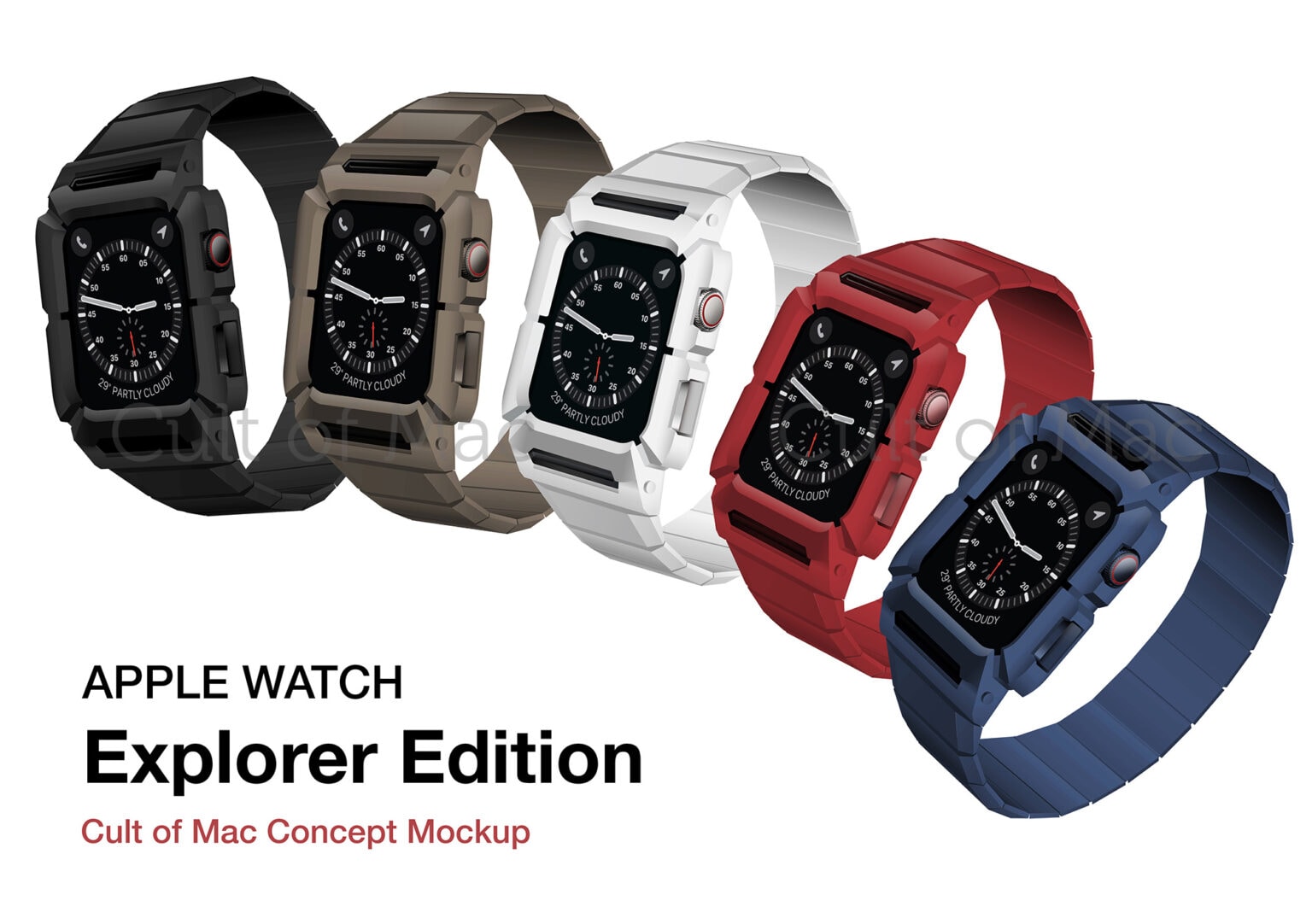
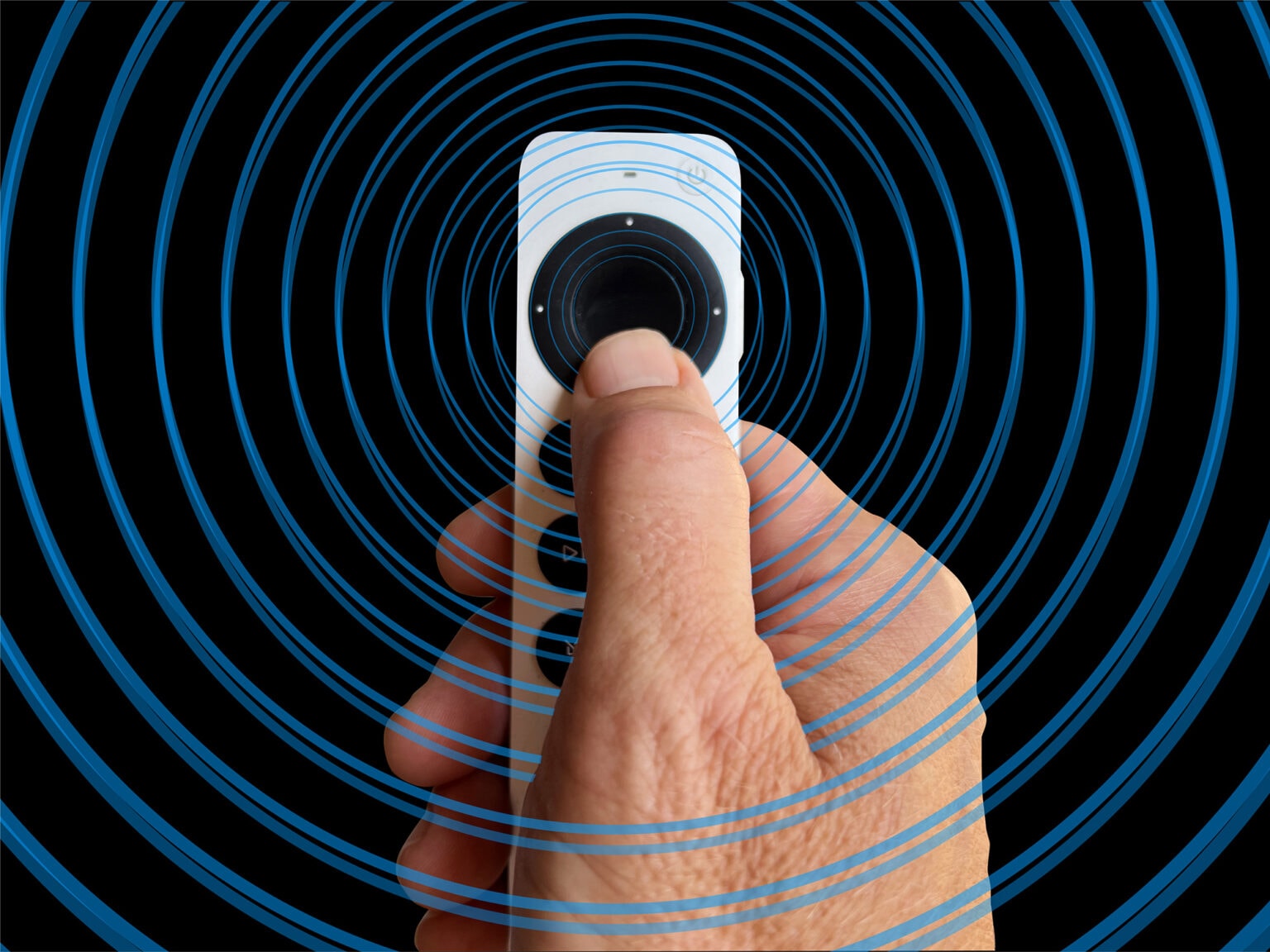
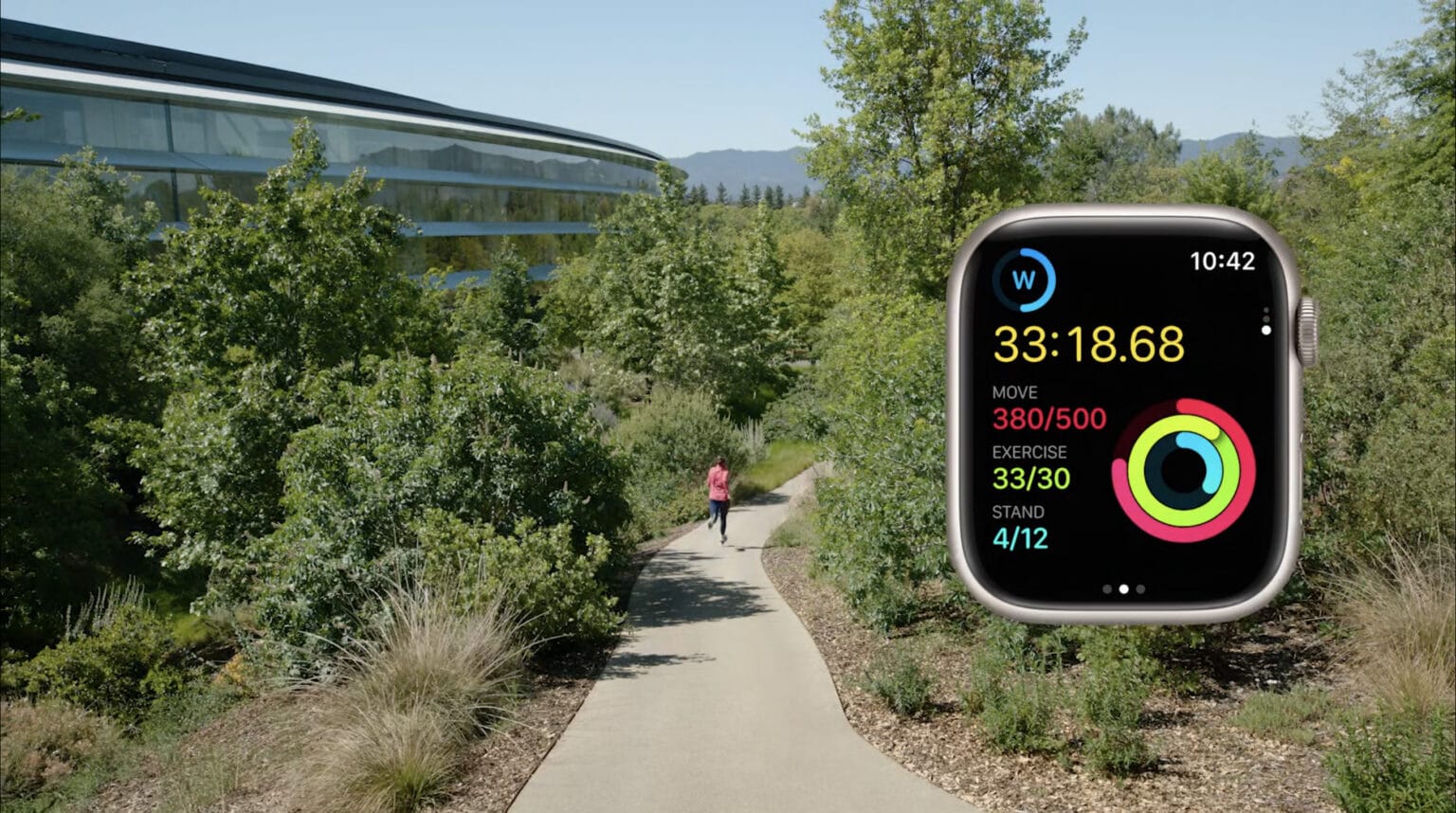
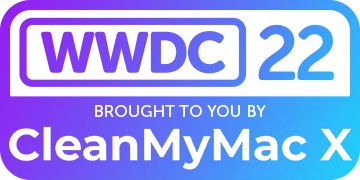 Apple revealed what it has up its sleeve for Apple Watch during its WWDC22 keynote Monday. watchOS 9 includes some fun new watch faces and various other minor additions. But the Workout app really stole the show with a host of welcome new features.
Apple revealed what it has up its sleeve for Apple Watch during its WWDC22 keynote Monday. watchOS 9 includes some fun new watch faces and various other minor additions. But the Workout app really stole the show with a host of welcome new features.
